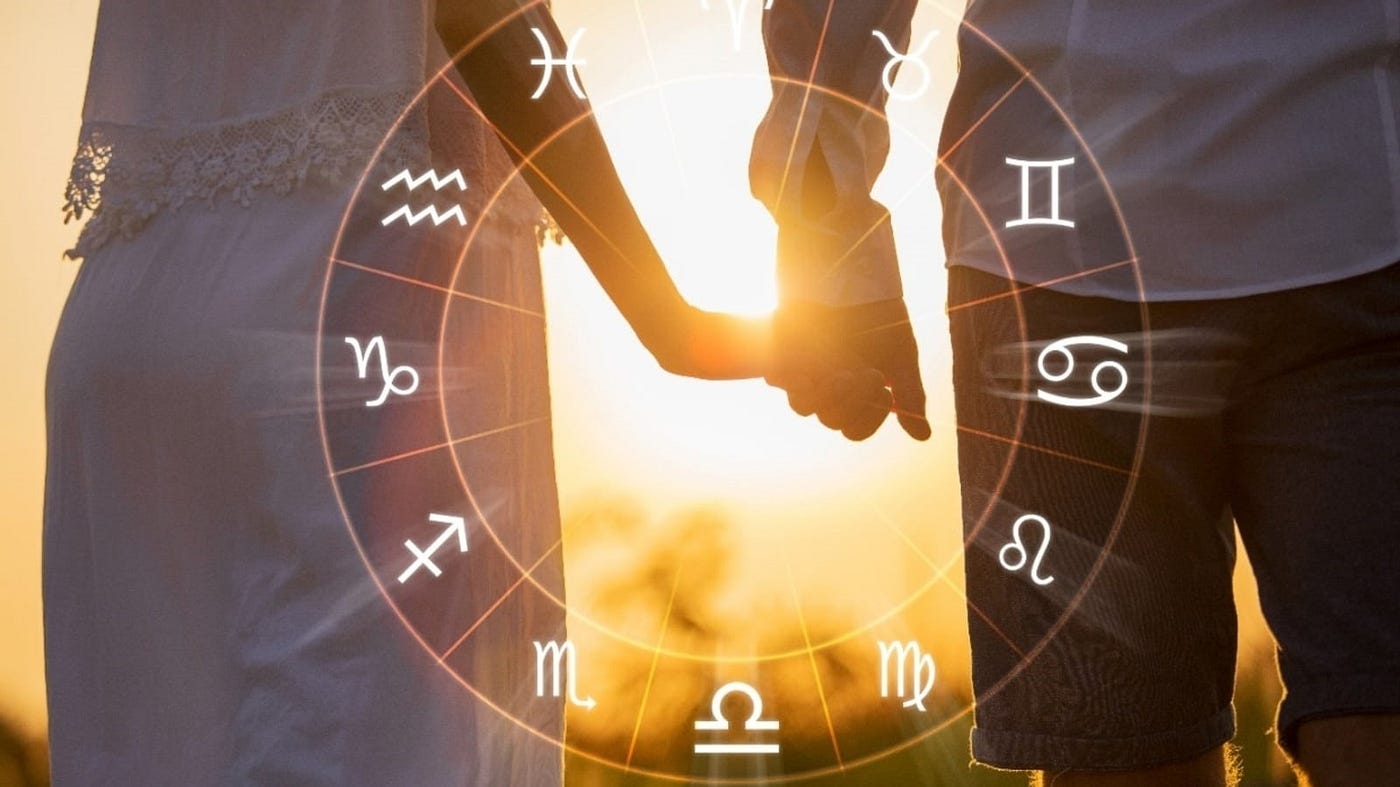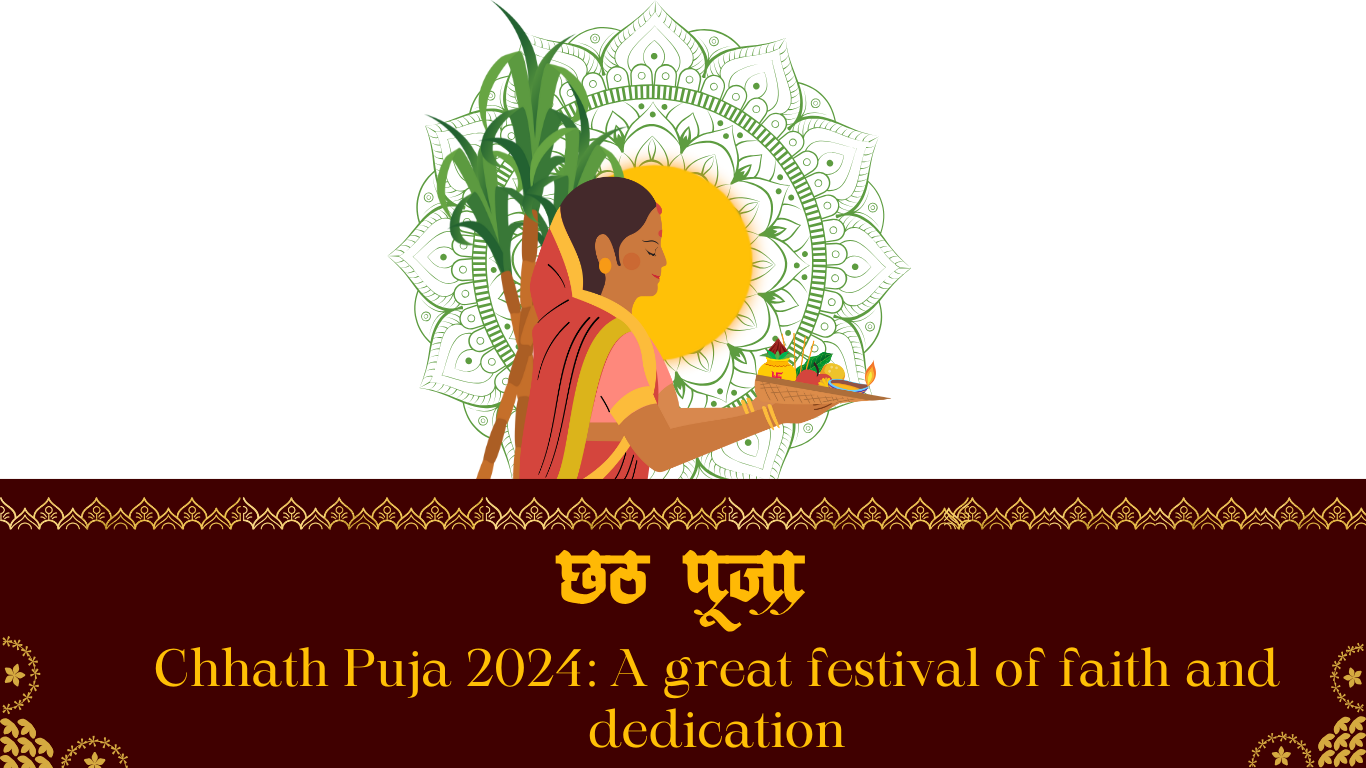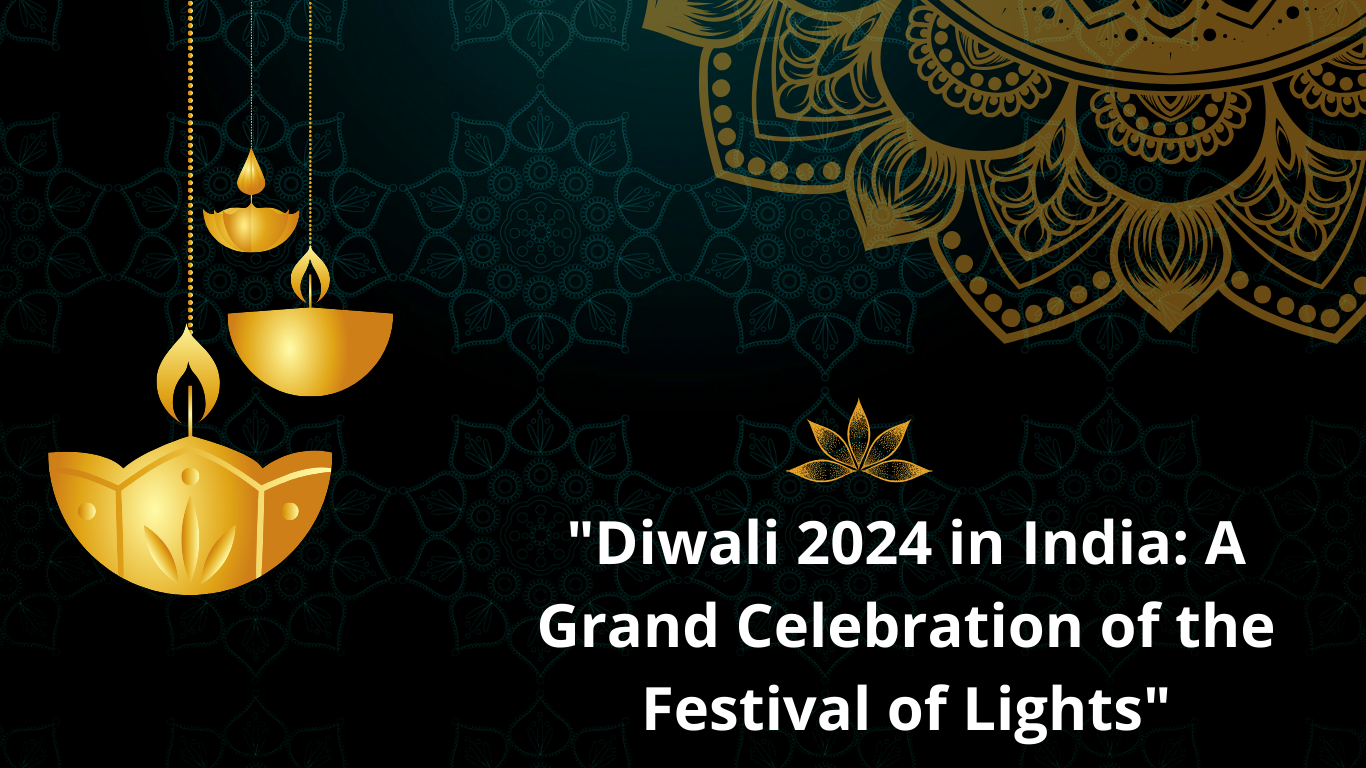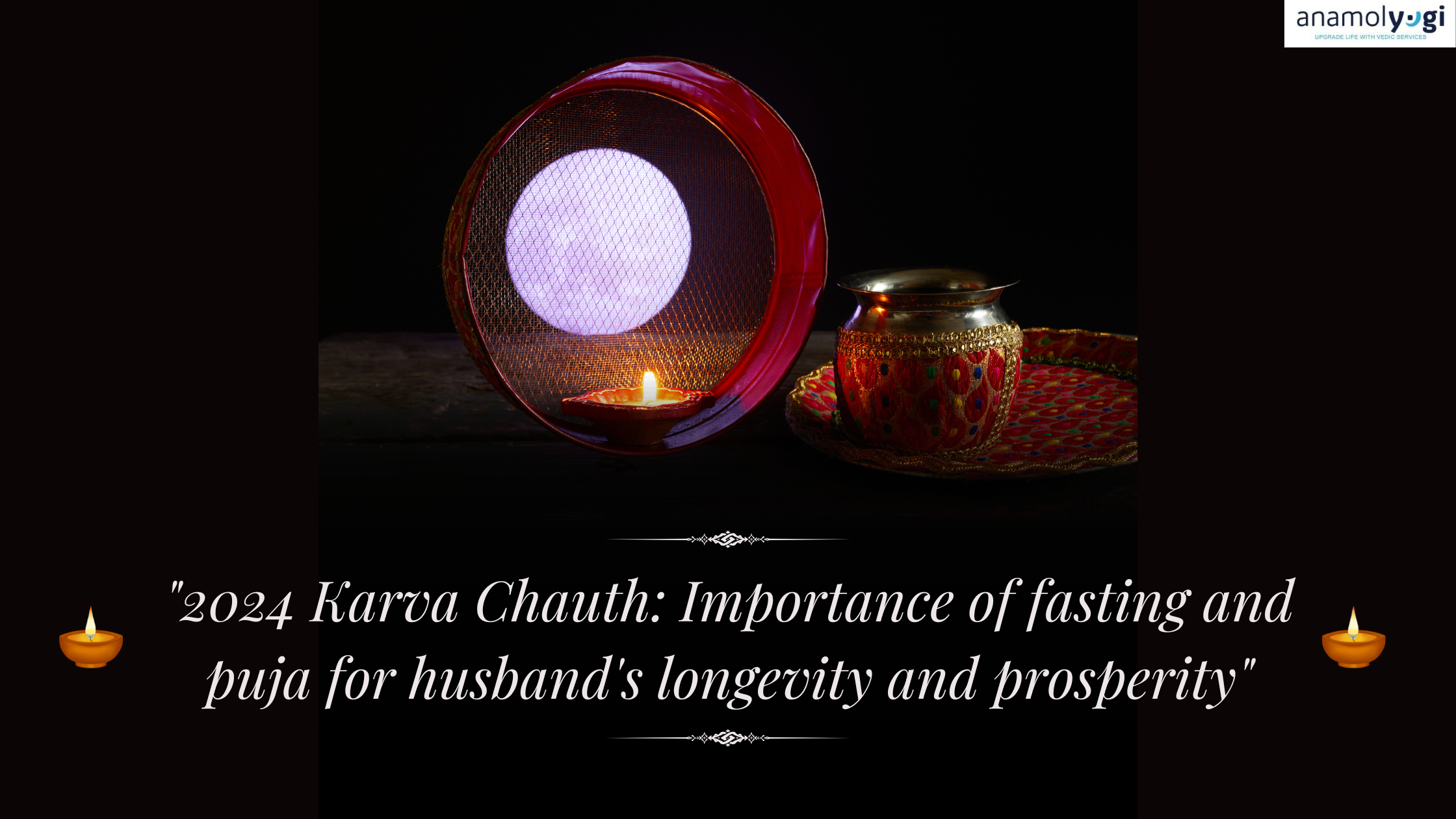
Introduction
When it comes to love and relationships, many people turn to astrology to gain insights into their compatibility with their partners. At Anamolyogi, we believe that understanding astrological compatibility can offer valuable guidance in your romantic journey. Let's explore how this fascinating aspect of astrology works.
What Is Astrological Compatibility?
Astrological compatibility, often referred to as synastry, involves comparing the birth charts of two individuals to determine how well they might relate to each other. Each person’s birth chart is a snapshot of the sky at the time of their birth, mapping the positions of the planets. These celestial bodies influence various aspects of our personalities and behaviors.
Key Elements of Compatibility
- Sun Signs: The sun sign is perhaps the most well-known aspect of astrology. It represents our core identity and fundamental traits. While it’s common to start with sun signs, true compatibility goes much deeper.
- Moon Signs: The moon sign reflects our emotional world and inner self. Comparing moon signs can reveal how well partners understand and support each other’s emotional needs.
- Rising Signs: Also known as the Ascendant, the rising sign represents our outward behaviour and first impressions. It plays a significant role in initial attraction and social interaction.
- Venus and Mars: Venus governs love and attraction, while Mars relates to passion and desire. Examining these planets can offer insights into the romantic dynamics between partners.
How Compatibility Works?
- Elemental Harmony: Astrology divides signs into four elements: fire, earth, air, and water. Signs of the same element often share similar values and approaches to life, making them more compatible. For example, a fire sign (like Aries) may naturally connect with another fire sign (like Leo) due to their shared passion and enthusiasm.
- Modalities: Signs are also categorized into three modalities: cardinal, fixed, and mutable. These modalities reflect how individuals respond to situations. Compatible modalities can create a balanced relationship, while conflicting ones may require more effort to harmonies.
- Aspects: Aspects are the angles formed between planets in the birth charts. Positive aspects, like trines and sextiles, suggest ease and harmony. Challenging aspects, like squares and oppositions, may indicate areas of tension that require work.
Benefits of Understanding Compatibility
- Better Communication: Knowing each other’s astrological profiles can enhance communication. Understanding your partner’s needs and tendencies helps in navigating conflicts and fostering deeper connections.
- Personal Growth: Astrology not only highlights compatibility but also areas for personal growth. By recognizing potential challenges, partners can work together to overcome them, strengthening their relationship.
- Deepened Intimacy: Exploring astrological compatibility can deepen intimacy as partners learn more about each other’s inner worlds. This shared journey of discovery can enhance the bond between them.
Cautions and Considerations
While astrology can provide insights into compatibility, it’s essential to remember that no relationship is solely determined by the stars. Personal experiences, communication, and mutual respect play crucial roles in the success of any partnership. Astrology should be viewed as a tool for understanding, not as a definitive answer.
Conclusion
Astrological compatibility offers a unique lens through which we can understand love and relationships. By exploring the interplay of sun, moon, rising signs, and other planetary influences, we gain valuable insights into our romantic connections. At Anamolyogi, we encourage you to explore your astrological charts together and embrace the journey of discovery that can lead to deeper, more fulfilling relationships.
Whether you’re a passionate Leo or a sensitive Pisces, astrology provides a roadmap to understanding the complexities of love. Remember, the stars may guide us, but the choices we make and the love we share ultimately shape our relationships.






